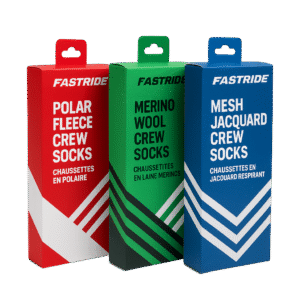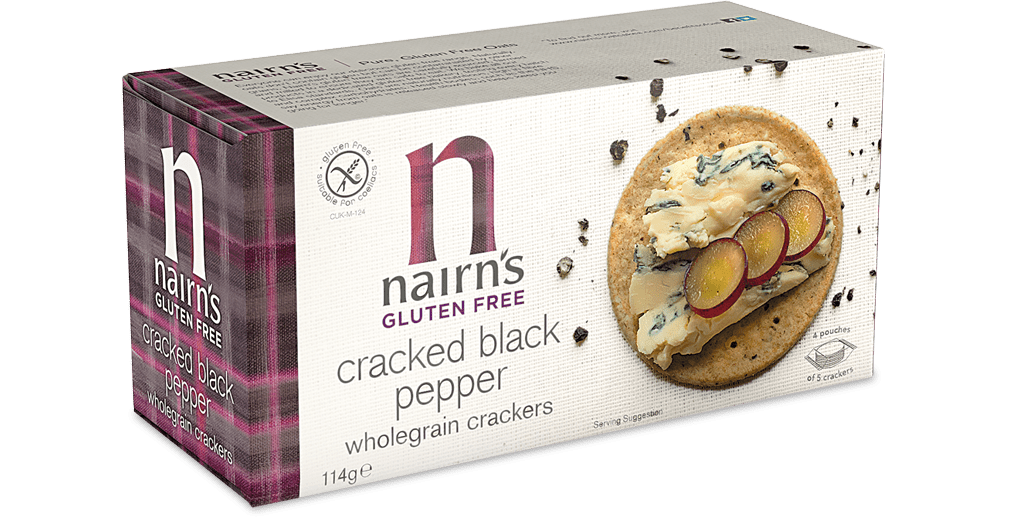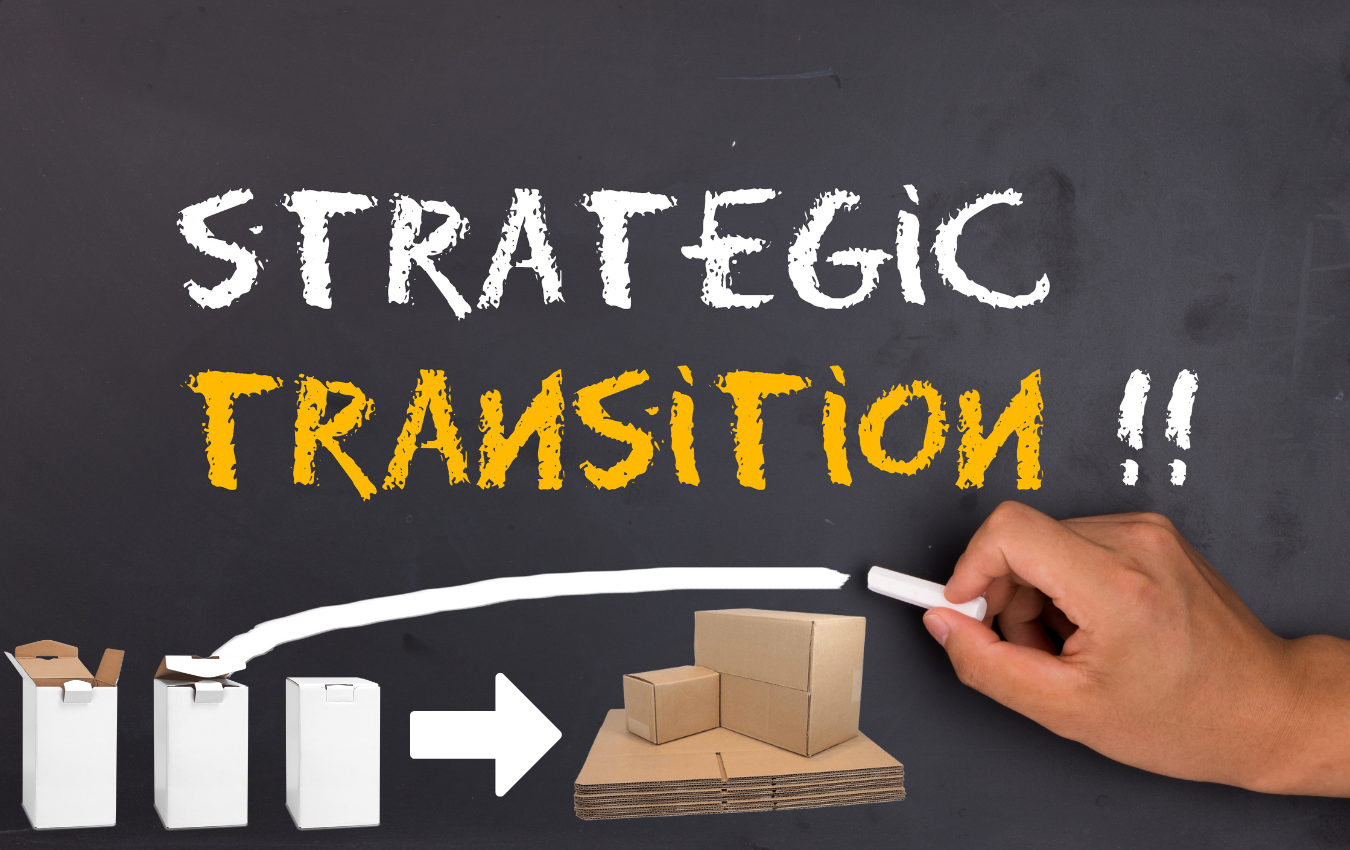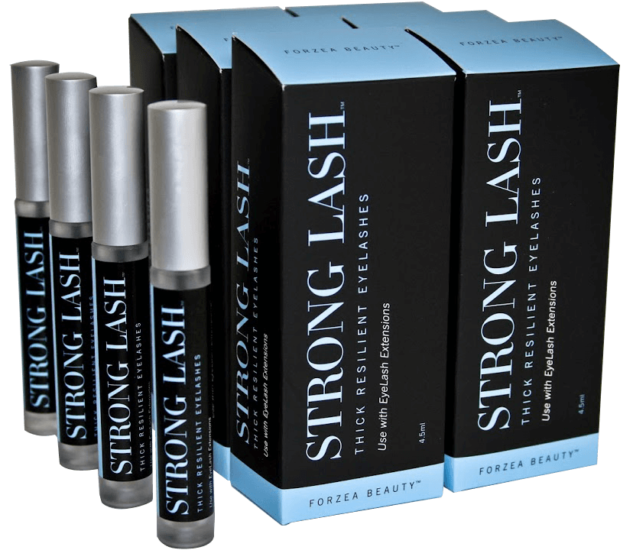Home » Designing Folding Cartons for High Speed Automation
Designing Folding Cartons for High Speed Automation
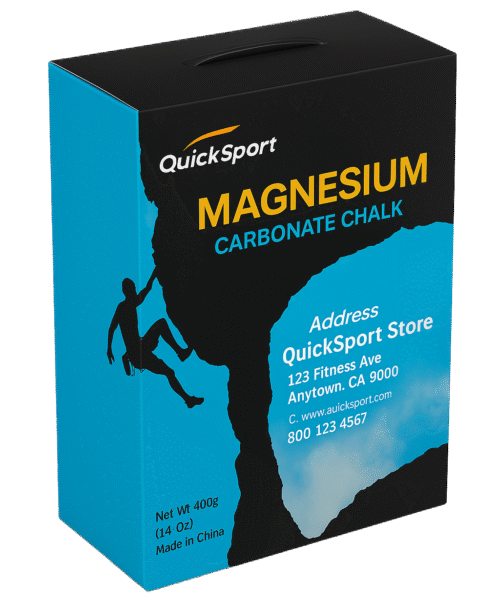
High-speed automated packaging lines can run hundreds of cartons per minute, but only if the carton’s design and material are optimized for smooth feeding, folding, and sealing. Small structural or material missteps can lead to jams, misfeeds, and costly downtime. This guide covers the critical design, tolerance, and substrate considerations for folding cartons intended for high-speed automation.
Dimensional Accuracy
Automated lines demand tight dimensional control in die cutting.
- Die Cut Precision: Carton blanks must be within ±0.015 inches for consistent feeding and folding (Soroka, 2014).
- Blank Squareness: Even minor skew can cause issues with glue flap alignment or panel folding.
- Caliper Consistency: Variations in board thickness can change fold behavior and sealing pressure.
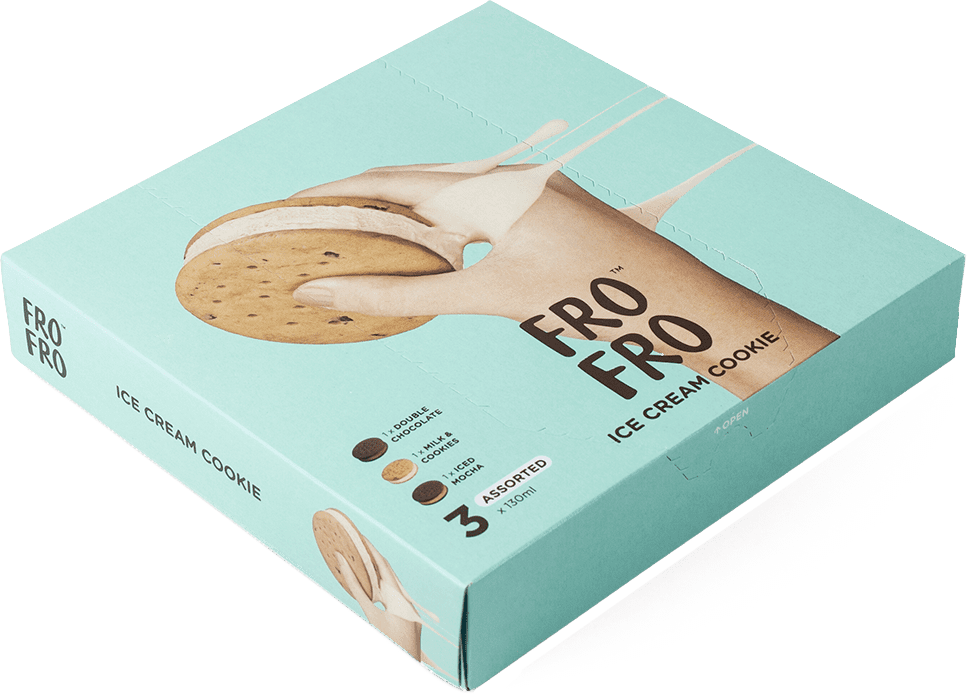
Scoring and Creasing Profiles
High-speed folding relies on scores that create predictable, repeatable folds.
- Score Depth and Bead Width: Too shallow causes spring-back; too deep risks cracking.
- Bead/Channel Ratio: Must match board caliper and fiber composition for clean folding at speed.
- Grain Direction: Scores parallel to grain can crack if bead pressure isn’t optimized.
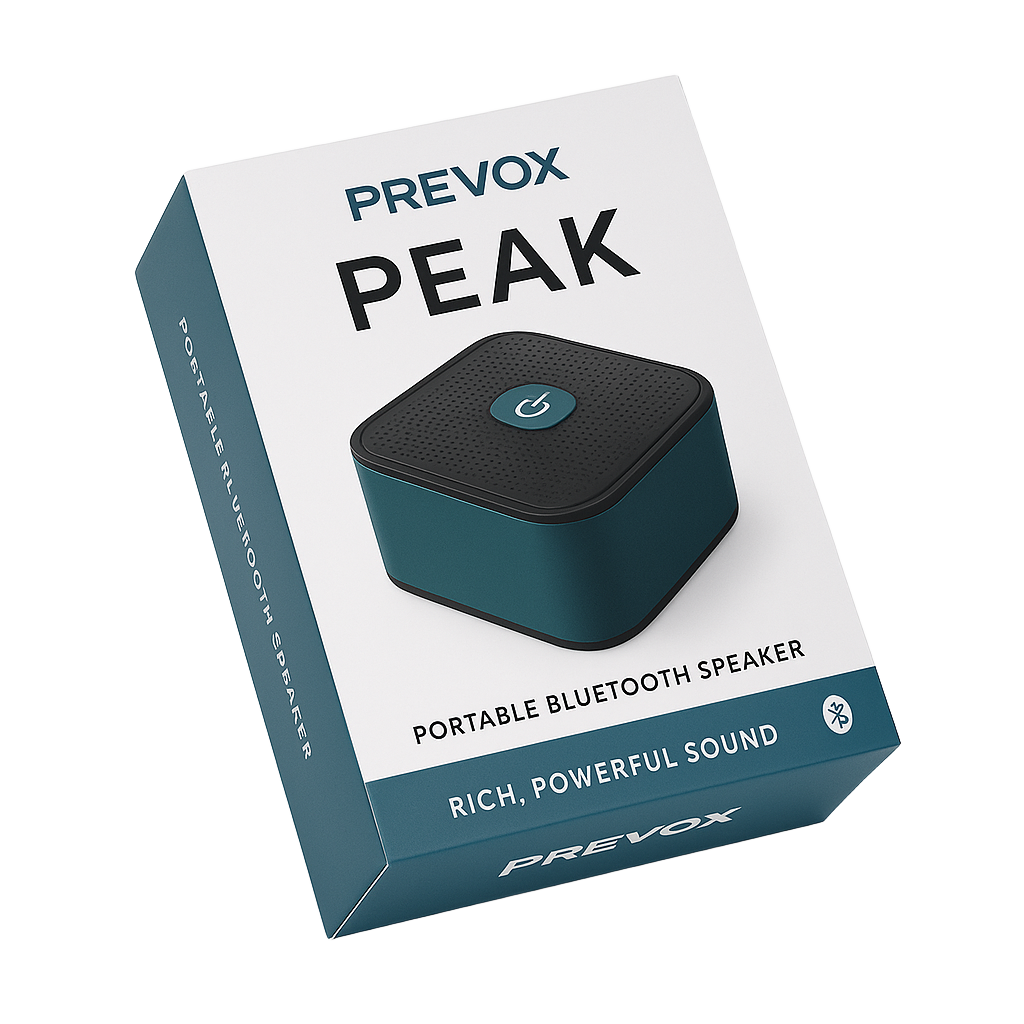
Glue Flap Design
Flap dimensions and positioning are critical for automated glue application.
- Flap Width: Minimum 10–12 mm recommended for cold glue; narrower flaps risk bond failure.
- Glue-Free Zones: Essential near scores to prevent squeeze-out during folding.
Coating Considerations: Gloss varnish or film lamination in glue areas requires corona treatment or glue type adjustment for proper adhesion.
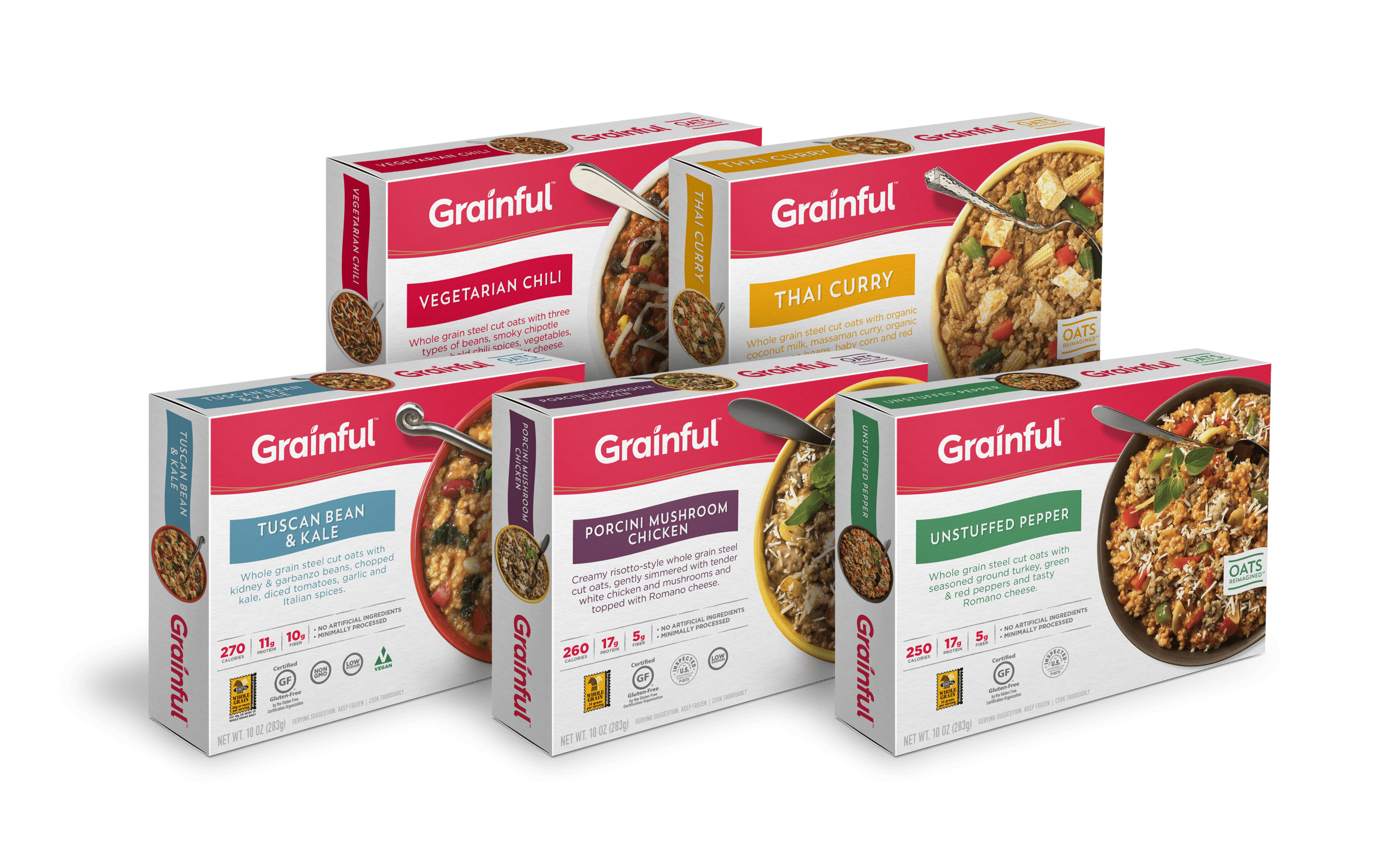
Material Selection
Not all boards perform equally on automated lines.
- SBS: Smooth feeding, excellent fold consistency, best for high-graphic retail cartons.
- CUK: Added stiffness and moisture resistance for cold chain or beverage applications.
- FBB/Recycled: Economical, but may need adjusted scoring to reduce cracking at speed.
Folding Sequence Compatibility
Structural design must align with the machine’s folding sequence.
- Tuck End Cartons: Ensure flap lengths are balanced to avoid collision in the folding belts.
- Auto-Bottom Designs: Verify glue flap and lock panels don’t bind during machine erection.
- Full Seal End: Flap lengths and bevel angles must accommodate sealing jaws without interference.
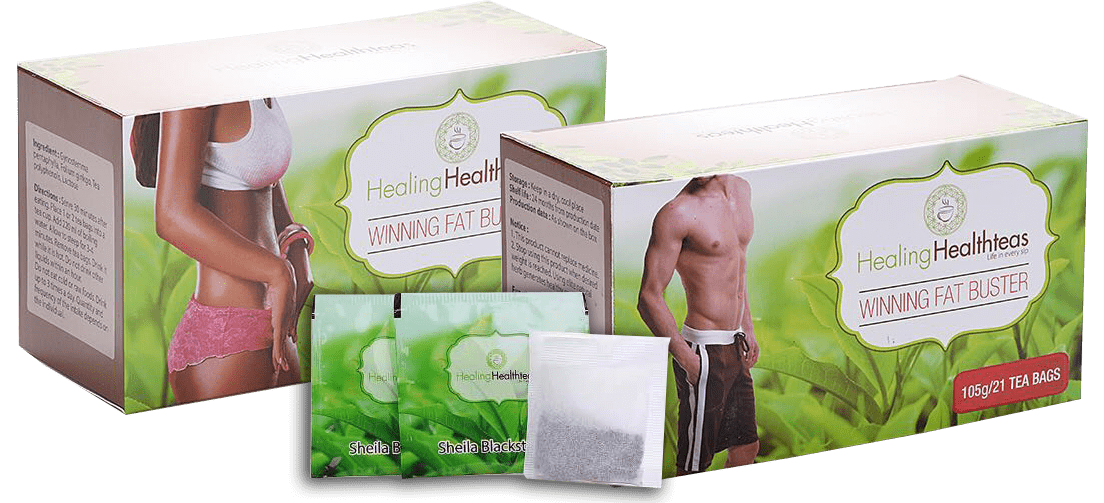
Surface Coatings and Friction
Carton surfaces influence how blanks travel through feeders and conveyors.
- High Gloss Coatings: Can cause feeding slippage; mitigated with anti-slip varnish zones.
- Poly Coatings: Increase stiffness but may alter fold memory—test for score cracking before production.
- Matte Varnish: Generally more forgiving in high-speed feeders.
Machine Trials and Prototyping
Before committing to a production run:
- Run on the Target Machine: Testing on actual equipment verifies compatibility.
- Check Across Speed Range: A carton may run well at 100 cpm but fail at 300 cpm.
- Inspect Post-Run Samples: Look for misaligned folds, glue squeeze-out, or score fractures.
References
Soroka, W. (2014). Fundamentals of packaging technology (5th ed.). Institute of Packaging Professionals. ISBN: 978-1-930268-37-2
Twede, D., & Goddard, R. (2021). Cartons, crates and corrugated board: Handbook of paper and wood packaging technology (2nd ed.). DEStech Publications. ISBN: 978-1-60595-120-5
Following multiple rounds of tariff changes and trade policy adjustments, 2026 marks a turning point for U.S. packaging buyers. Many who previously transitioned from China to domestic or nearshore suppliers
Shifting packaging production from China to the U.S. can help stabilize costs, reduce tariff exposure, and shorten lead times. But the transition process requires careful planning. For packaging buyers, the
RSC boxes are known for their efficiency and versatility, but their performance ultimately comes down to strength. Buyers often see numbers like ECT, BCT, and burst strength on specifications —
In packaging, foam isn’t just about initial protection — it’s about maintaining performance over the entire shipping or storage cycle. Compression set and recovery characteristics determine whether foam continues to
Home » Designing Folding Cartons for High Speed Automation


